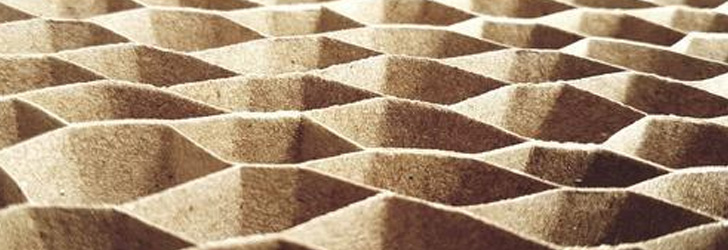Door Infills
Honeycomb Door Infill
Honeycomb was originally developed as a structural core for military aircraft wings during World War II but was later used in standard metal doors in 1957. Among its advantages are a high strength- to-weight ratio, uniform crushing strength, high shear strength, and excellent impact resistance. It is durable, can be treated to resist decay and insects, and also provides sound deadening and insulating properties.
As door infill, the rigid honeycomb structure is integrated with the door to form hundreds of small I- beams with the door, with a uniform thickness and flat surface that makes it easy to add lites, louvers or other features. It reinforces the full width and height of the door. Honeycomb Core Doors may be used in exterior or interior applications.

Rockwool Door Infill
Rockwool as the name implies is made by melting diabase rock mixed with coke and limestone and converting them into fibers. The raw material diabase (basalt rock) is a pure volcanic material which is millions of years old. Rockwool is classified as an inorganic material and has an excellent resistance to high temperatures and possess superior acoustic properties.

As door core, Rockwool is used to fill in cavities of steel-stiffened doors. Steel Stiffened doors are used mainly for exterior doors, where rigidity is important. They are available in varying degrees of strength and quality. While the thickness of the stiffeners can vary, the majority are made of 20 gauge steel. Heavier gauges sometimes are used, particularly on security doors. Spacing between stiffeners may vary from 2” to 4”. They are usually welded to each other at the top and bottom, and to the inside door skins on 4” to 5” centers. The Rockwool Core Shiv Shakti Fabricators uses for its fire doors has service temperature of 780oC when tested in accordance to DIN 52271 for 80mm thickness and 100kg/m3 density. Additionally, the core is water repellent, non-hygroscopic, and non-capillary. Other important properties are as follow:

